On Bristol's local art scene, hot air balloons and the reason why the city is ten minutes behind: Andrew Davies, Head of Regions, takes us for a walk through the creative heart of the English Southwest.

"Bristol is a young city. I'm not only talking about its locals - though its universities certainly attract a fair amount of students who shape the image of Bristol's streets. Untypically for British cities, most of these young academics stay here after graduating, which is probably the best proof that this is a city that wins you over easily with its relaxed yet lively atmosphere. But Bristol is a young city in another sense too.
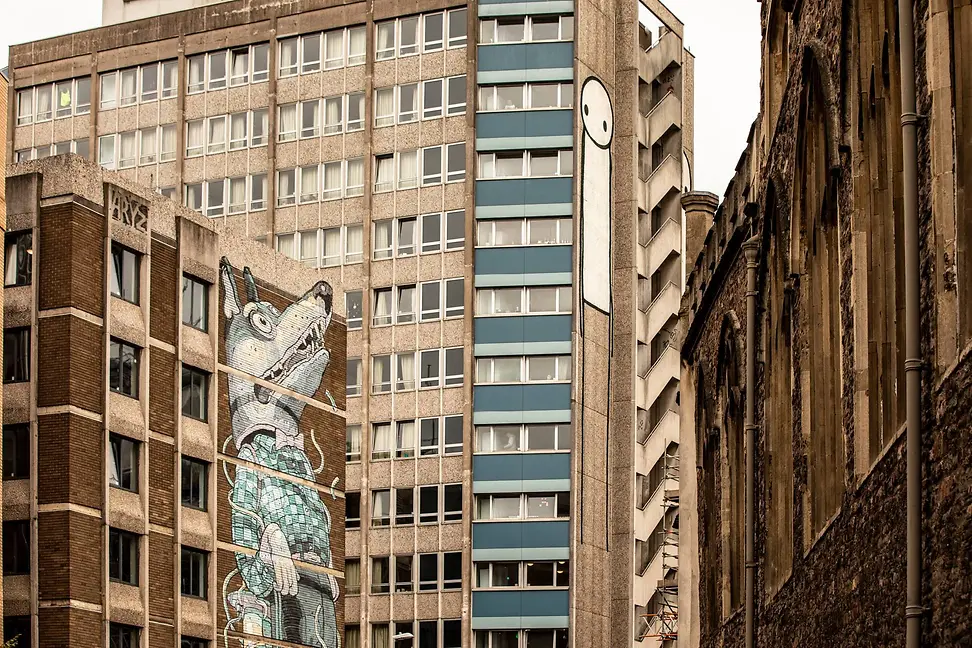
The heart of the mediaeval town of Bristol used to lie between two rivers, Avon and Frome. Today, however, there is nothing to remind us of the houses and streets of the Middle Ages. Amazing sights such as the Old Dutch House, a large timber-framed building that dated back to 1676, are only known from black-and-white photographs. It was the Nazi Luftwaffe that destroyed the city during the Bristol Blitz. Because of its harbour and aeroplane company, our city was bombed six times between November 1940 and April 1941.
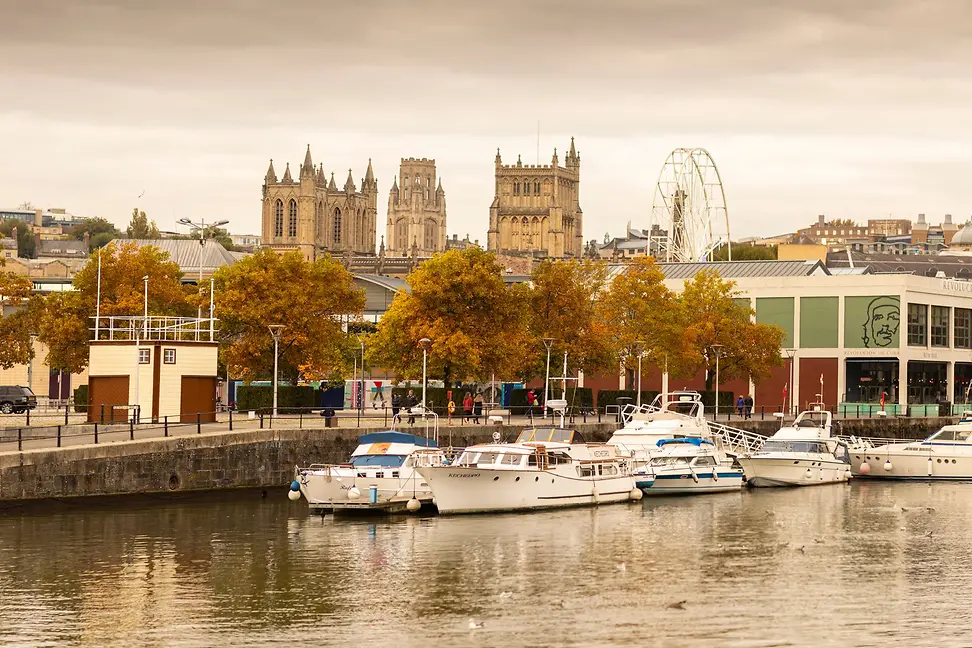
This is why, when walking through the centre today, you find lots of new, grey houses with flat roofs from the 1960s - not exactly a feast for the eyes. This destruction, however, enabled the birth of what Bristol is most famous for today: street art. The grey structures serve as a canvas for modern, colourful and provocative artworks. The city may not boast with handsome medieval lanes like York, but this lack of historical beauty and venerable grandeur also gives Bristol a certain vibe of freedom and youth that it certainly knows to make full use of.
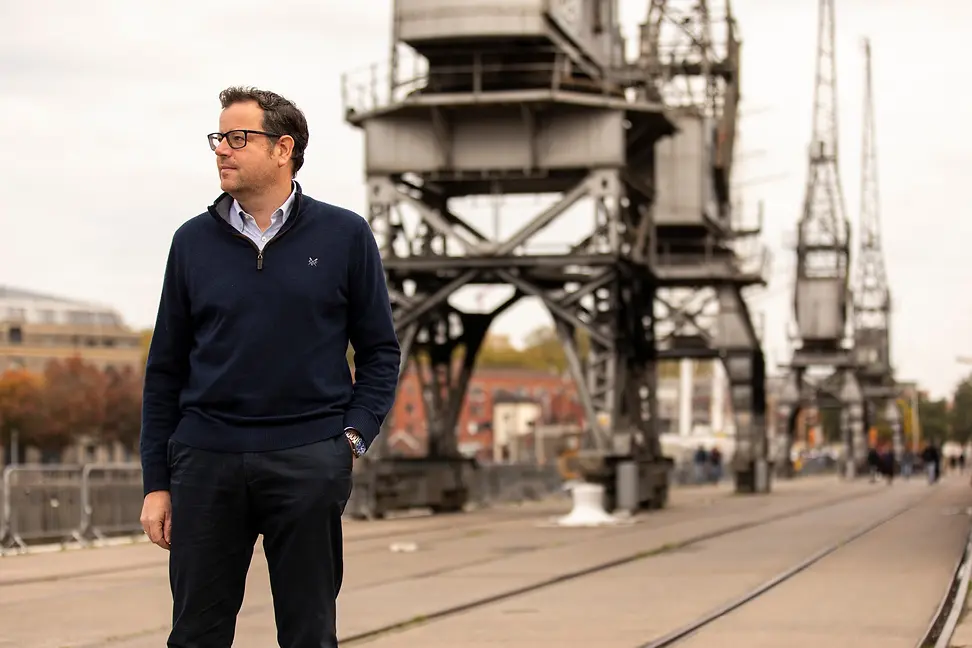
There's Banksy, of course, who's the local pride and arguably the most famous son of the city. I particularly like his "Girl with the stick" from 2016. School children had named a house after him, so this was his thank you present. Along with the artwork, he left a note to the children saying "It's always easier to get forgiveness than permission”. A typical Banksy move.
But it would be wrong to narrow down Bristol's lively art scene on that one name. The city is extremely free-thinking and open-minded. Whole streets are full of street art from big names in the scene, such as Aryz, Nick Walker and Stik. You should also go to Gloucester Road, Bristol's longest road of independent shops. There's no Tesco's, no Starbucks, no Prêt. Starbucks once planned to open a store, but people started protesting in the streets.
International street artists are often found in Bedminster, where the Upfest, Europe's largest street art and graffiti festival, takes place. It's fair to say that Bristol is more known for its street art than the paintings in its museums – even though The Royal West of England Academy boasts beautiful paintings from artists from Southern England.
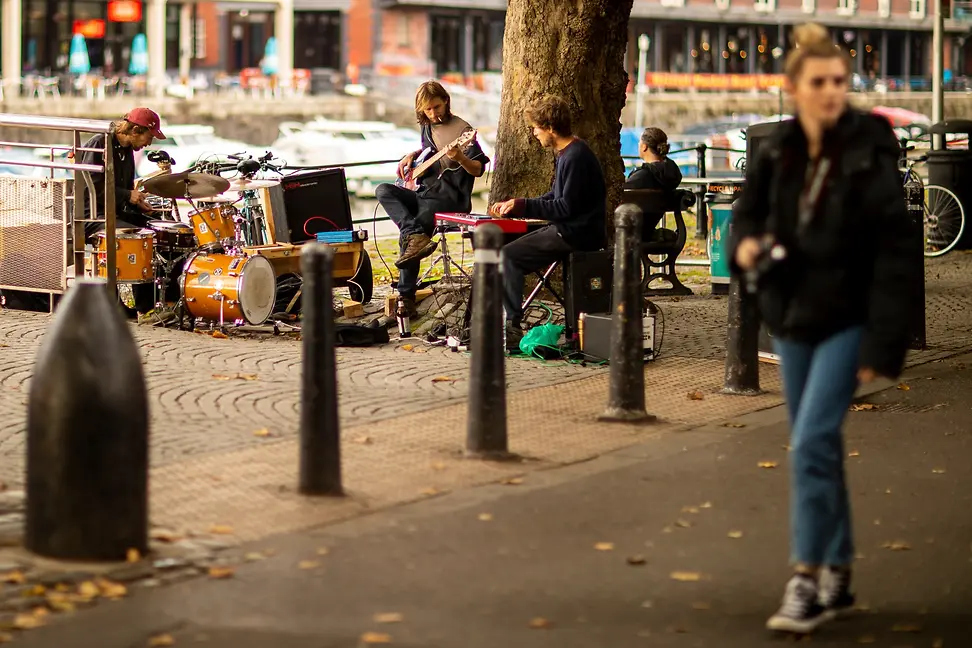
I've never lived anywhere where there were so many festivals all the time. During summer, there's something to do each weekend - for example, in August, there's the Bristol International Balloon Fiesta. The first British hot air balloon took off here in Bristol at College Green. That was in 1967. Since then, Bristol has been known as the hot air ballooning capital of the UK. Probably the most iconic part of the Fiesta is the Nightglow, when the balloons glow in the dark to a soundtrack. There's also a harbour festival, a comedy festival, a food festival, a dance music festival… The list seems infinite.
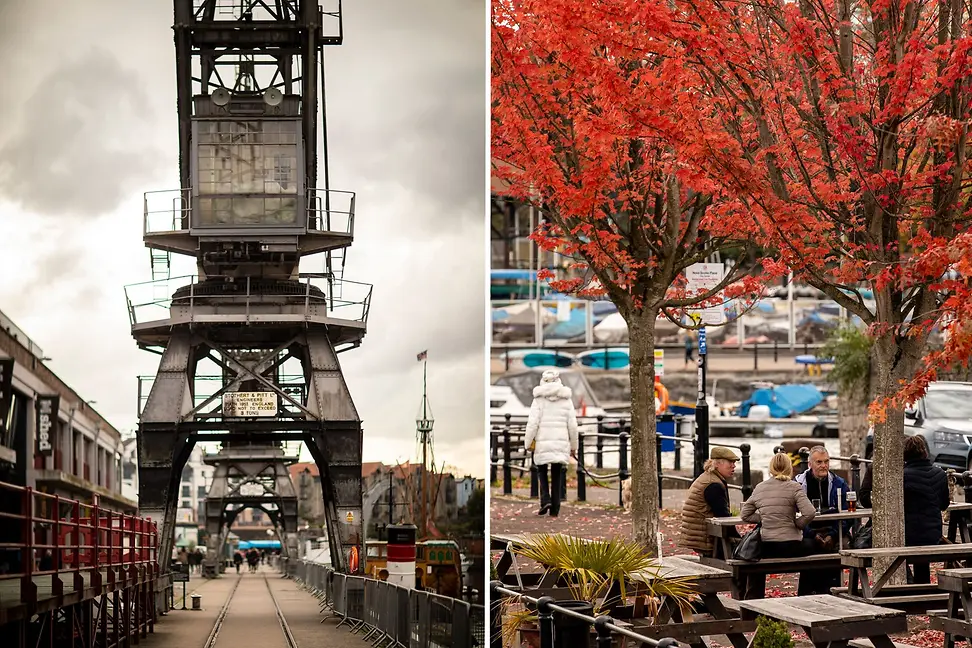
Famously, we're close to the Glastonbury festival. That's part of our culture too - the Monday after Glastonbury, the teachers don't even expect the kids to show up at school. However, if you're looking for the big names of the music industry playing here in Bristol, you'll be disappointed. We only have small music venues, so we don't get the crowd-pleasers here. Instead, we've got a lively local band scene.

As I said in the beginning, it is a university city - but once these students move here, they don't want to leave. Bristol is Britain's second legal city and offers great career opportunities, which is why there's a well-worn path from London, which is only an hour's train ride away, down to Bristol.
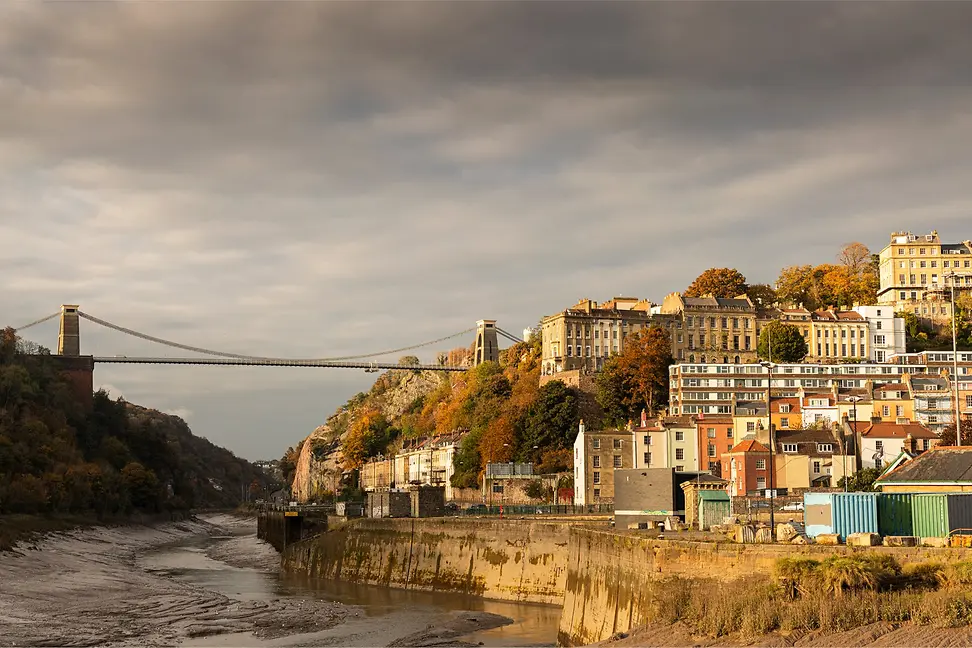
But it's not only due to their careers people stay: The lifestyle here is not as stressful as in the capital, not as anonymous, not as noisy. With its 500,000 inhabitants, the professional scene is diverse, but also small enough for everyone to know everyone. People who settle here usually stay, so your friends and professional contacts are long-term investments, which is probably also why people here are so friendly.
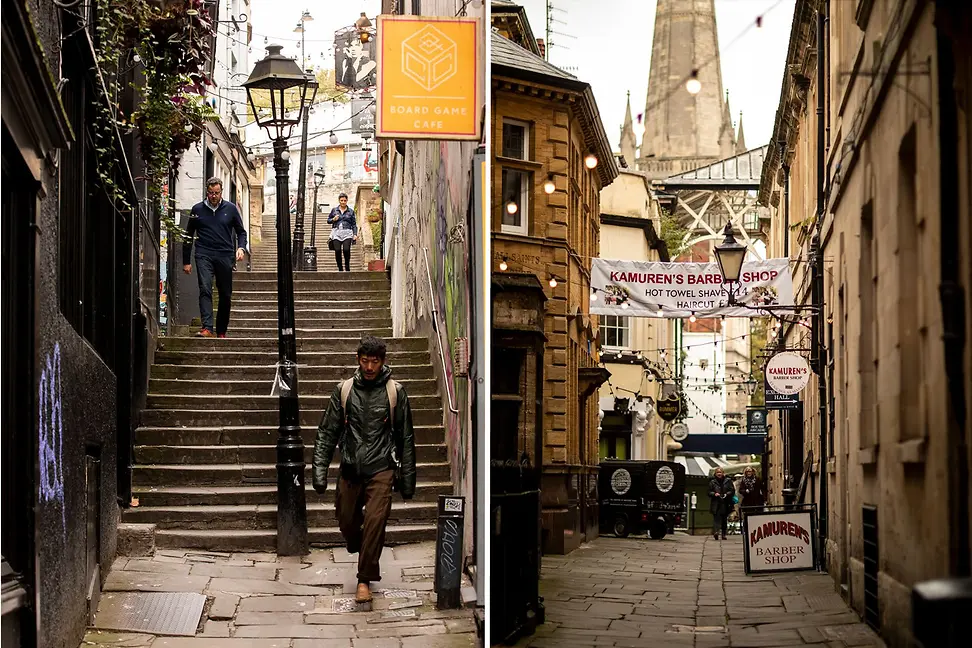
Additionally, Bristol is the gateway to Britain's holiday area: In the South-West, you find Devon and Cornwall, Dartmoor, Exmoor, the New Forest National Park… Within an hour's driving, you can basically find anything you want. This might also be why people say that things move a bit more slowly than in the capital. People are more relaxed.
There's a clock here that perfectly illustrates this: The clock on the 18th-century Corn Exchange building has two minute hands - one for London, one for Bristol. The second one is ten minutes behind. This is not a mistake: Bristol used to have its own time zone, ten minutes behind London. The city only adopted the official time in 1852."
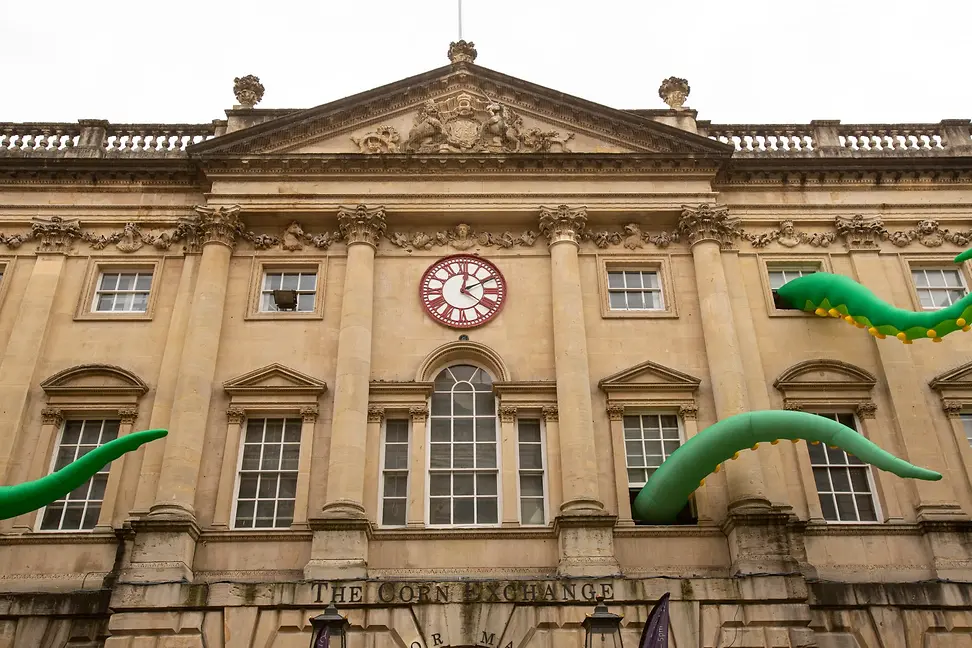
... sing: "Unfinished Sympathy" by Massive Attack
... drink: Bristolians love their cider. In summer, people sit outside on the riverbank, in the parks or at the harbour and have a glass or two.
... say: "gurt lush", meaning really nice, great. "That cider is gurt lush."
... know: Banksy
... spend a day like this: street art walking tour, shopping and lunch in Clifton, walk to the Avon Gorge, harbour ferry ride, pre-theatre dinner, theatre at the Bristol Old Vic, drinks at Milk Thistle
LGT Wealth Management UK LLP is authorised and regulated by the Financial Conduct Authority Registered in England and Wales: OC329392. Registered office: 14 Cornhill, London, EC3V 3NR. LGT Wealth Management Limited is authorised and regulated by the Financial Conduct Authority. Registered in Scotland number SC317950 at Capital Square, 58 Morrison Street, Edinburgh, EH3 8BP. LGT Wealth Management Jersey Limited is incorporated in Jersey and is regulated by the Jersey Financial Services Commission in the conduct of Investment Business and Funds Service Business: 102243. Registered office: Sir Walter Raleigh House, 48-50 Esplanade, St Helier, Jersey JE2 3QB. LGT Wealth Management (CI) Limited is registered in Jersey and is regulated by the Jersey Financial Services Commission: 5769. Registered Office: at Sir Walter Raleigh House, 48 – 50 Esplanade, St Helier, Jersey JE2 3QB. LGT Wealth Management US Limited is authorised and regulated by the Financial Conduct Authority and is a Registered Investment Adviser with the US Securities & Exchange Commission (“SEC”). Registered in England and Wales: 06455240. Registered Office: 14 Cornhill, London, EC3V 3NR.
This communication is provided for information purposes only. The information presented is not intended and should not be construed as an offer, solicitation, recommendation or advice to buy and/or sell any specific investments or participate in any investment (or other) strategy and should not be construed as such. The views expressed in this publication do not necessarily reflect the views of LGT Wealth Management US Limited as a whole or any part thereof. Although the information is based on data which LGT Wealth Management US Limited considers reliable, no representation or warranty (express or otherwise) is given as to the accuracy or completeness of the information contained in this Publication, and LGT Wealth Management US Limited and its employees accept no liability for the consequences of acting upon the information contained herein. Information about potential tax benefits is based on our understanding of current tax law and practice and may be subject to change. The tax treatment depends on the individual circumstances of each individual and may be subject to change in the future.
All investments involve risk and may lose value. Your capital is always at risk. Any investor should be aware that past performance is not an indication of future performance, and that the value of investments and the income derived from them may fluctuate, and they may not receive back the amount they originally invested.